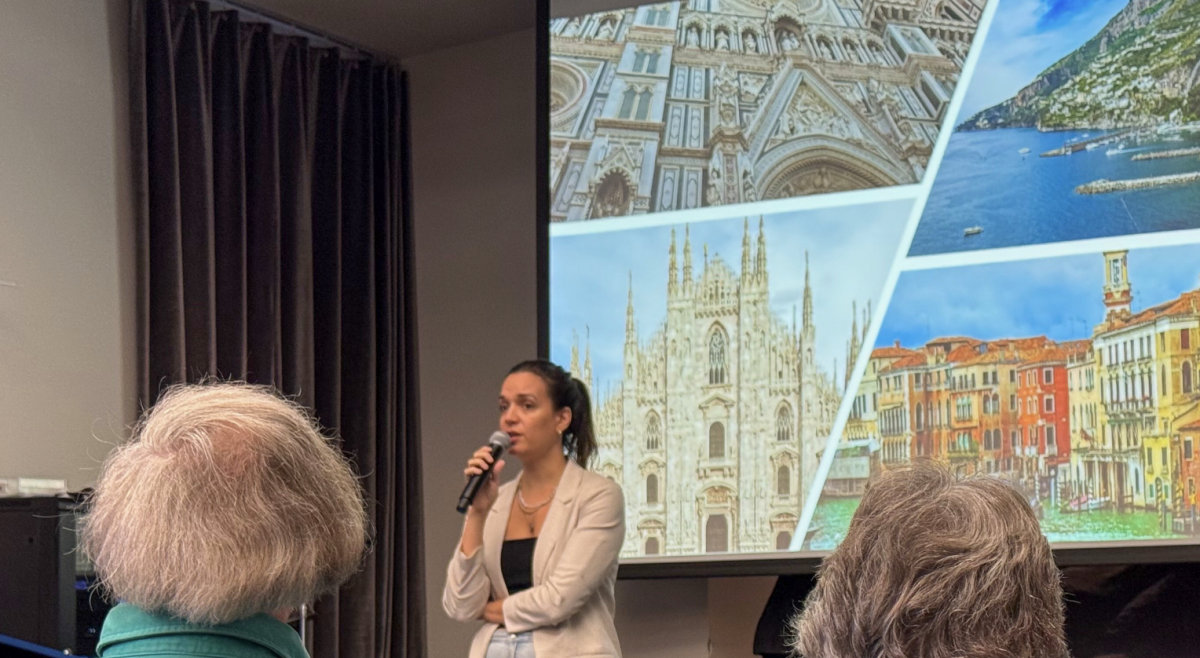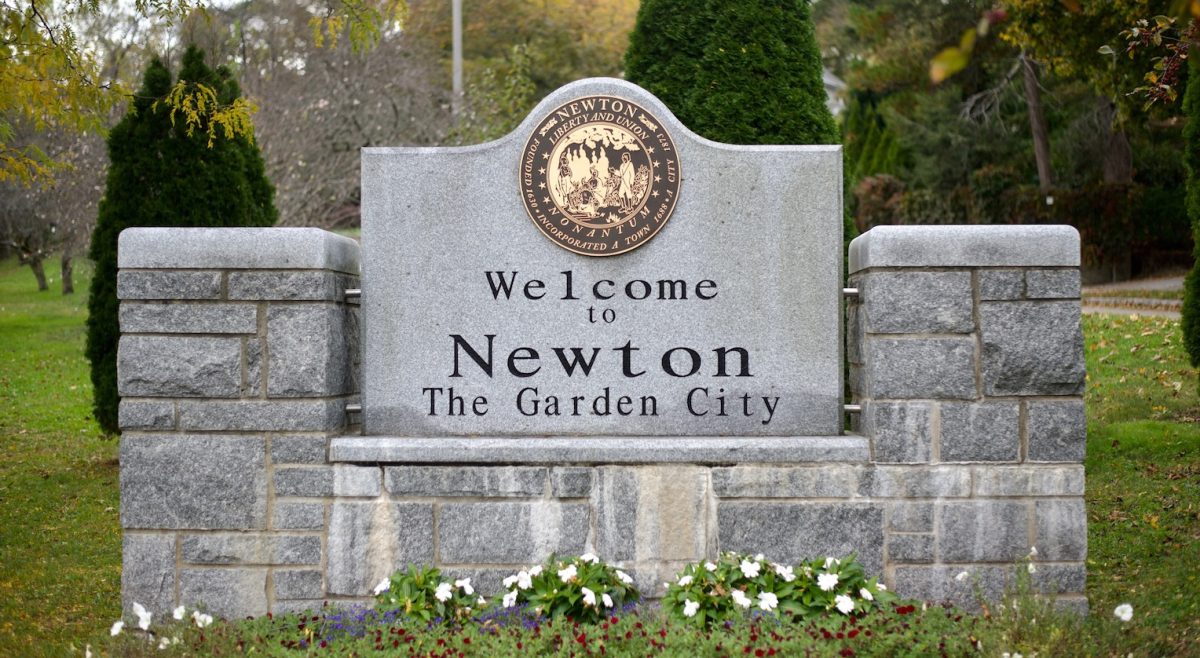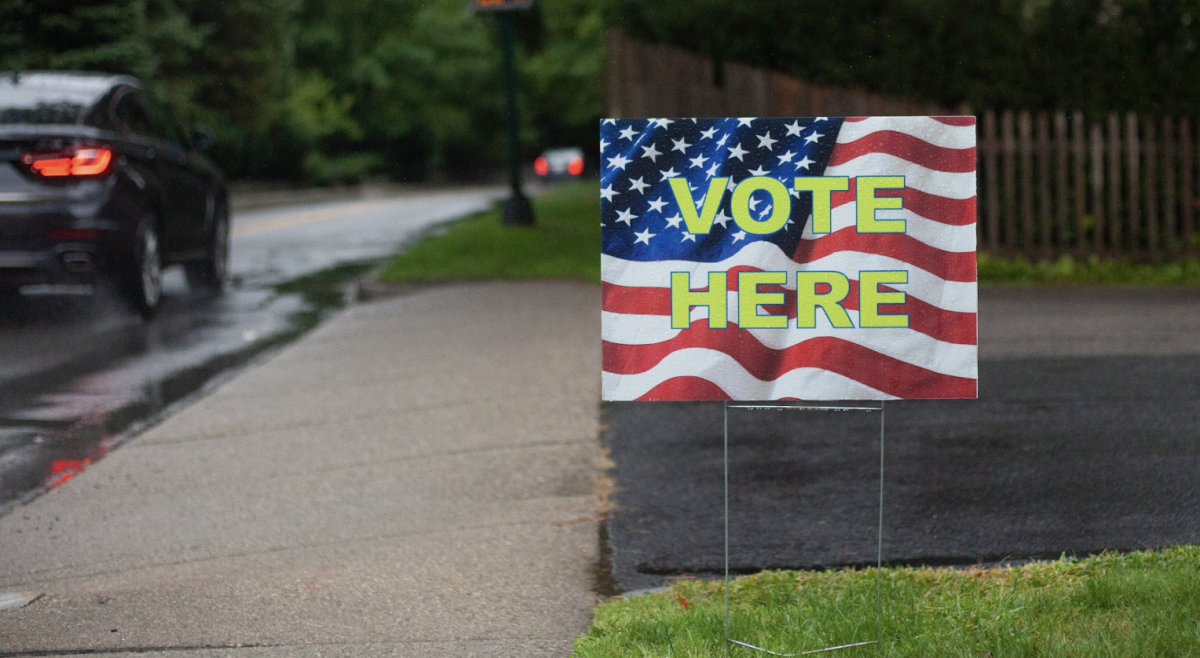Newton residents are spotting unwelcome guests throughout their neighborhoods—rats.
Rodentologist Bobby Corrigan spoke to over 60 attendees on Wednesday in an online forum titled “Let’s Talk About Rats in Newton,” hosted by Newton mayoral candidate Amy Mah Sangiolo. Corrigan provided advice for government officials and residents to address rat sightings in Newton.
“In a recent newsletter that Mayor Fuller had put out, she says that [Newton has] the same number of sightings as last year, but [from] what we’re hearing from the community, that’s just not true,” Sangiolo said.
Fuller said in a statement on Aug. 26 that the number of rat sightings has not increased in the past year, but recognized the presence of rats in the city. She said city staff is enacting initiatives focused on prevention, correction, and enforcement of measures to complement ongoing site inspections, assessments, public outreach, and efforts and actions of the Health & Human Services Department.
Sangiolo and Corrigan addressed speculation that the pandemic has caused changes in rat sightings.
As the city shut down and Bostonians worked remotely, Corrigan said there was less trash in the city for rats to feed on. It is possible that rat populations moved to the suburbs to find food, leading to more suburbanites spotting rats in their lawns, Corrigan said.
“But [the increase in sightings is] a dynamic that as a biologist, we don’t have any empirical data to prove,” Corrigan said. “We only have hypothetical considerations.”
It’s almost impossible to track the increase of rats in a specific area, since complaint data is the only indication of a possible increase in Newton, Corrigan said.
“Around the world, rat populations are up 15 to 30 percent,” Corrigan said. “If a city says, ‘We wish to be a rat-free city’ this is not about which poisons you’re going to use. That’s the wrong approach. This is about a city [closely] managing their refuse stream.”
Corrigan gave viewers tips on how to prevent increases in the number of rats they see in Newton. It only takes one messy resident to throw off the town’s exterminating efforts, Corrigan said. He advised residents to invest in heavy duty trash cans, secure their doorways, and commit to routine cleaning of their area.
One resident expressed concern that individual efforts can only do so much. In his experience, construction projects in the area, which residents have no control over, seem to be a reason for the increase in rat sightings.
“When a giant construction project happened two houses down, we noticed that there was a giant [dirt] pile on that construction site left there for two years. We saw rat activity in the pile,” reported the resident. “Soon after when [the construction workers] started disturbing that pile again, all those rats … ended up on [neighboring] properties.”
While Corrigan said that construction is not the cause of rat sightings, he agreed that construction can disturb rats if they are present in the first place. After a viewer asked what could be done about these construction sites, Corrigan commented on the diligence of the surveyors on construction sites.
While there are codes in place to ensure pre-construction surveying, Corrigan said that surveying for rats specifically is almost never done. Corrigan said local officials need to pressure construction companies to follow proper surveying and extermination methods.
An organized effort from the community is essential to getting rid of rats in Newton, Corrigan said. In addition to resident efforts, Corrigan asked Sangiolo and the councilors to consider creating a local agency dedicated to expelling rats.
Corrigan proposed a “Rat Free Newton Group” that would manage data, track complaints, and plot maps of rat sightings. Delegating tasks among town leaders would allow enforcement of exterminating efforts, including trash maintenance and construction surveying, Corrigan said.
“What I’m hearing is that there really needs to be a strong partnership between the city, our business community, as well as our residents to make sure we get on top of this issue,” Sangiolo said. “Not only do we need strong ordinances and requirements on the big developers, but we need to make sure that we conduct environmental surveys deep down into the sewer level, the subterranean level, the street level, and even street level.”
Featured Graphic By Meegan Minhan / Heights Editor













